Researchers Left Baffled After Discovering Early Presence of Europeans in the Americas
Two American researchers have shocked the archaeological community by revealing they’ve found evidence that suggests the earliest inhabitants of North America traveled to the continent from Western Europe.
The theory proposes that Stone Age inhabitants of France migrated to the continent using boats and played an integral role in the evolution of humans in America. If proven correct, this discovery will drastically reshape our understanding of human history.
The Populating of the Americas
The populating of the Americas is a field of study that is constantly evolving. Archaeologists, in their quest to unravel the continent’s human history, continue to unearth signs of a human presence that extends thousands of years earlier than previously believed, sparking heated debates and revisions.
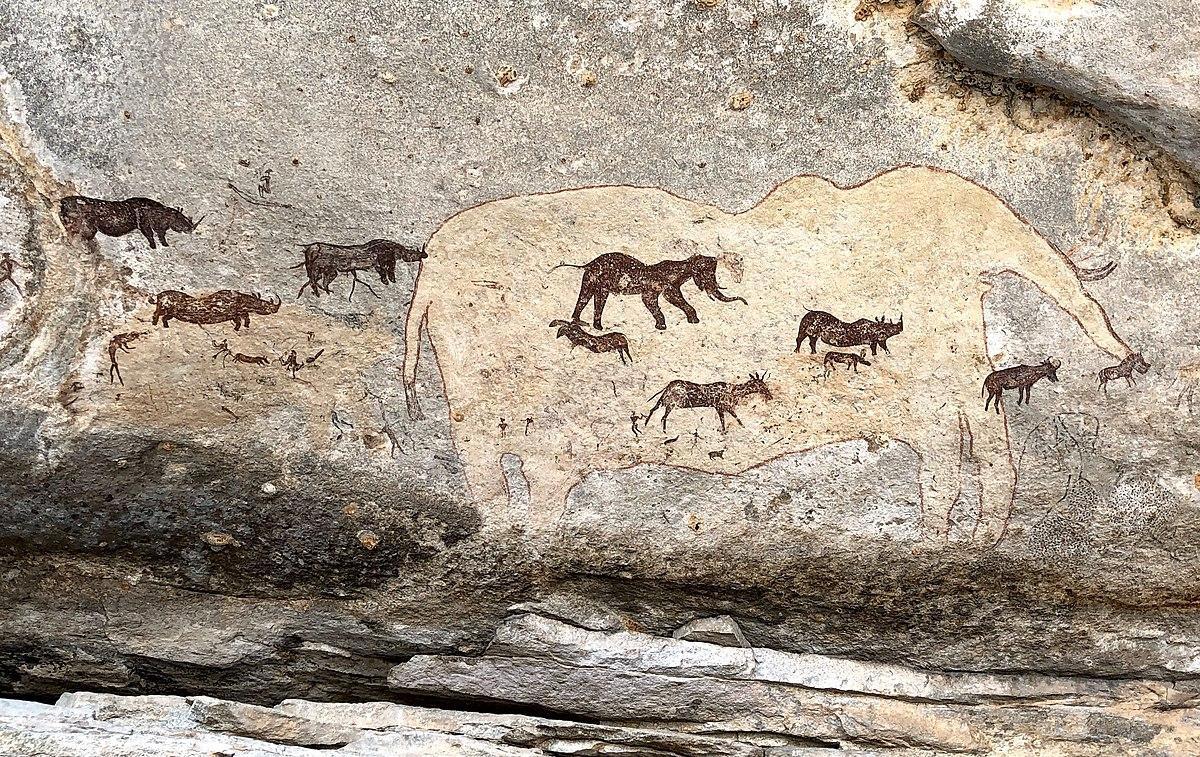
Source: Wikimedia
Throughout the 20th century, researchers remained firm in their belief that the Clovis Culture, named after artifacts discovered in Clovis, New Mexico, was the oldest population group to inhabit the Americas.
The Clovis Culture
Archaeologists have described the Clovis as a hunter-gatherer culture that first emerged in North America around 13,500 years ago. It’s thought the earliest members of this group ventured to the Americas, crossing the Bering Strait, which connected Asia to North America.

Source: Wikimedia
Proponents of this now-dated theory once believed no humans had existed on the continent before the arrival of these peoples.
The Death of the Clovis First Hypothesis
Despite certain academics’ repeated attempts to revise the Clovis first hypothesis, it was eventually dismissed in 2008 after researchers found evidence of a human presence in Oregon’s Paisley Caves dating back 14,340 years.
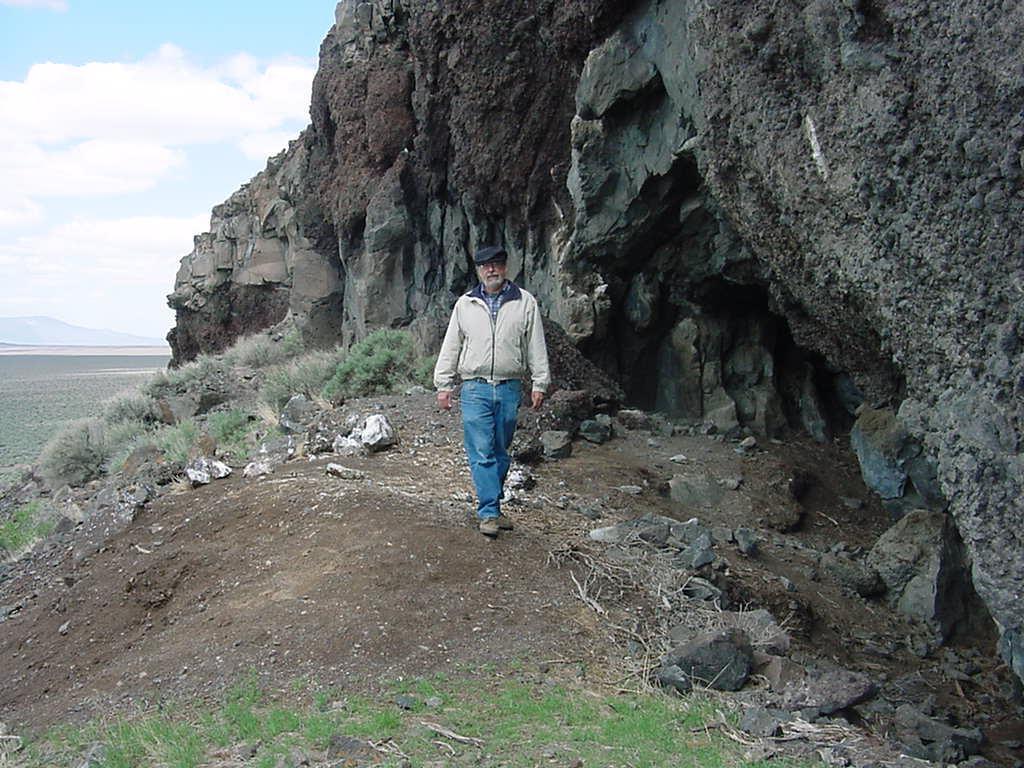
Source: Wikimedia
Since this discovery, other archaeologists have unearthed evidence that humans arrived in North America much earlier than previously thought. One example is Mexico’s Chiquihuite Cave, which shows signs of human habitation dating back over 30,000 years.
Ancient Europeans Migrate to the Americas
As the dating of humans’ arrival in America has undergone a significant revision, some researchers have even begun theorizing whether they crossed into the continent by way of the Bering Strait or by alternative means.

Source: Freepik
One particularly controversial theory, proposed as far back as the 1970s, challenges established beliefs about humans’ arrival in the Americas. It suggests that ancient humans traveled to North America by way of boats from Western Europe, a notion that has sparked intense debate among researchers.
The Solutrean Hypothesis
According to proponents of the Solutrean hypothesis, an ancient group of humans from the Solutré region of France migrated to the Americas around 21,000 years ago, bringing their unique tool-making abilities with them.

Source: Wikimedia
This group of pioneers was thought to have used primitive boats to venture along packed ice spread throughout the Atlantic Ocean.
Researchers Revive the Solutrean Theory
Despite being first proposed nearly five decades ago, the theory didn’t gain any real traction until researchers Bruce Bradley from the University of Exeter and Dennis Stanford of the Smithsonian Institute stumbled upon it.

Source: Freepik
The researchers began investigating the Solutrean culture, which originated in France, Spain, and Portugal, and claim they have found evidence to suggest it spread to North America.
Ancient Europeans Influence Clovis Culture
According to Bradley and Stanford, the tool-making capabilities of the Solutrean culture eventually formed the basis of Clovis technology, which later spread throughout the continent.
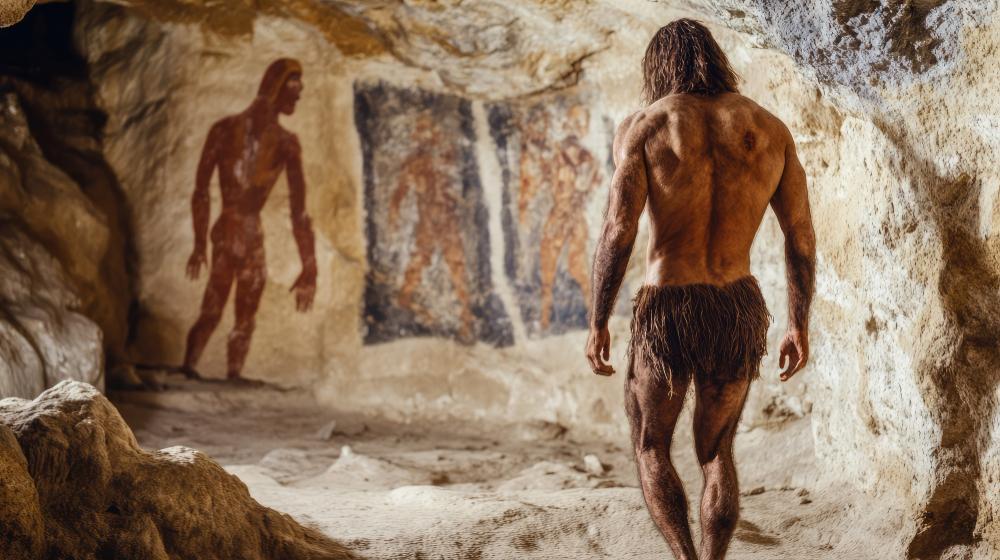
Source: Freepik
The researchers propose that the Solutrean and Clovis cultures are extremely similar, suggesting the former led to the latter’s emergence. This suggests that the Clvois culture was influenced by Western Europeans rather than the groups that migrated across the Bering Strait.
Similarities in the Tools
Bradley and Stanford claim the tools found in the Solutré region of France are strikingly similar to those ascribed to the Clvois culture of New Mexico.
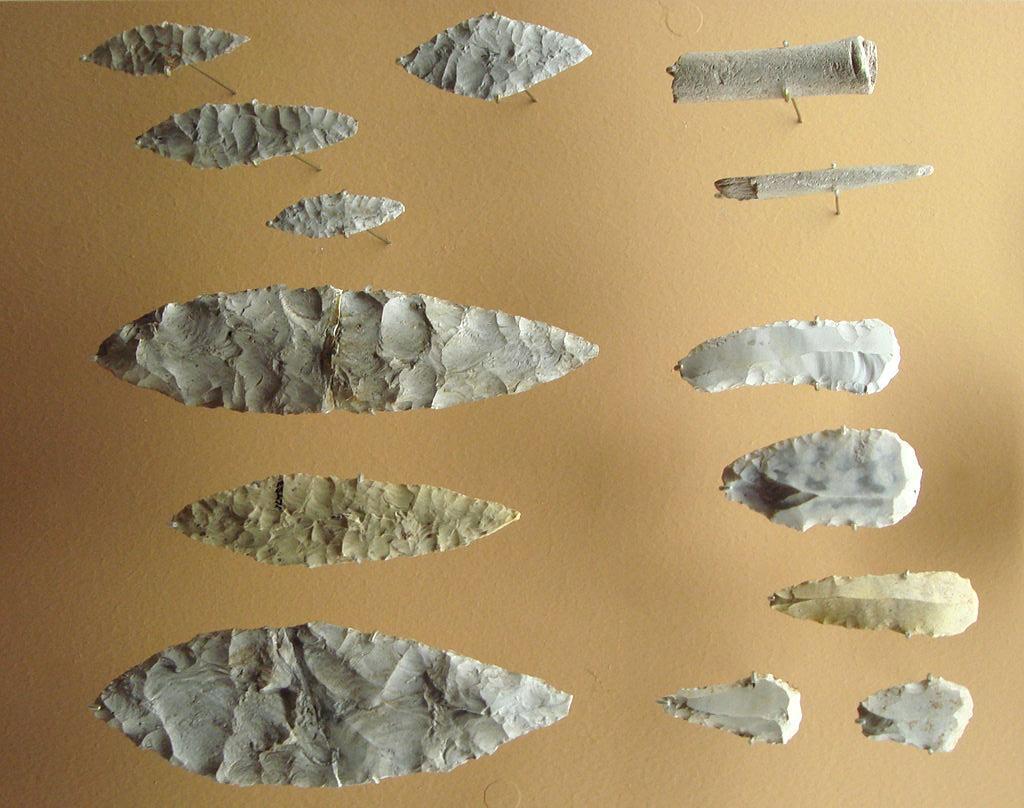
Source: Wikimedia
Both are thin with pointed tops and employ a specific skill known as “outrepassé,” a flaking technique used to reduce the thickness of the tool’s biface without reducing its overall width.
A Genetic Link?
Further evidence for the hypothesis centers on the presence of the X2 haplogroup, a specific kind of DNA found in both Europe and North America. However, some researchers argue this originated in a Native American group.

Source: Freepik
While Bradley and Stanford thoroughly believe there’s enough evidence to warrant further investigations, others have dismissed the hypothesis, claiming it is “scientifically implausible.”
Geneticist Calls Out Proponents of the Solutrean Hypothesis
Writing for The Guardian back in 2018, geneticist Jennifer Raff claims the theory is borderline racist as it denies the previously established claim that Native Amercians are the sole Indigenous group of Americans.

Source: Wikimedia
“In addition to the scientific problems with the Solutrean hypothesis, which I’ll discuss shortly, it’s important to note that it has overt political and cultural implications in denying that Native Americans are the only indigenous peoples of the continents,” she said.
The Justification of Colonialism
Raff calls The Solutrean Hypothesis a way in which Europeans attempt to justify the colonization of the New World “by claiming that Native Americans were not capable of creating the diverse and sophisticated material culture of the Americas.”
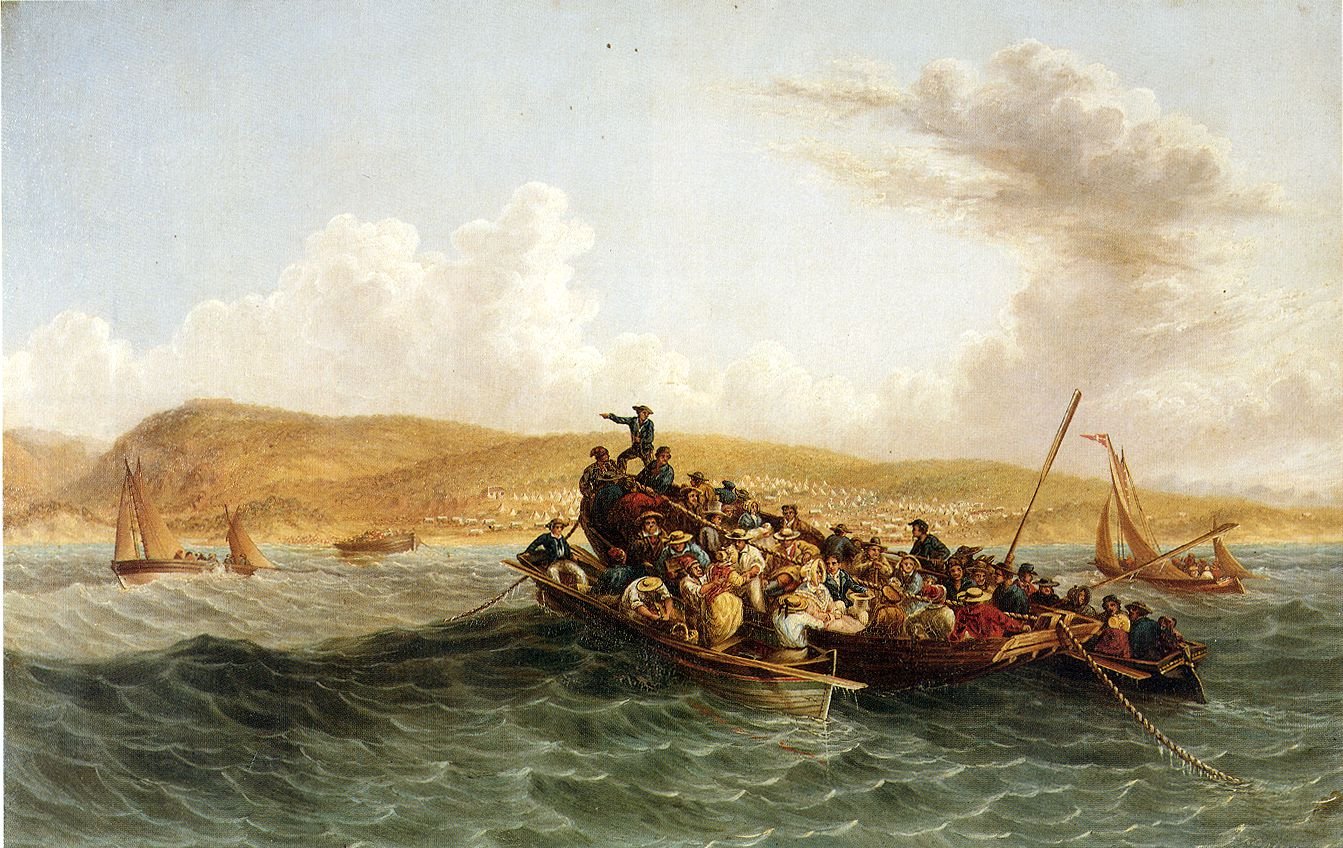
Source: Wikimedia
Despite Raff’s strong opinion, others believe further investigation is still warranted. Bradley and Stanford will continue to work on the hypothesis and investigate sites, hoping to find similarities between the Clovis and Solutrean cultures that could lead to a significant breakthrough in the future.
